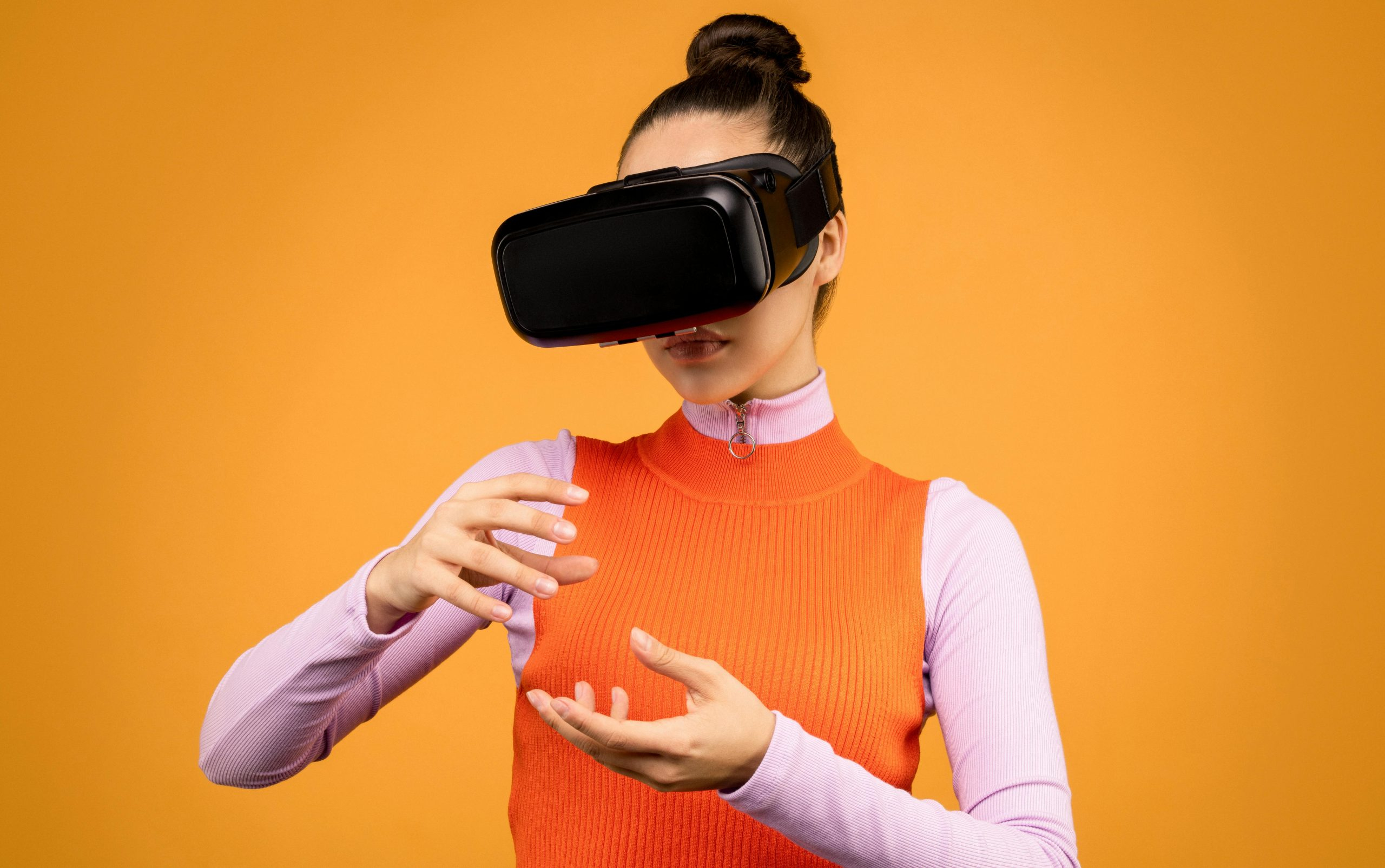Immersive Storytelling: Using VR to Teach History and Literature
In today’s digital age, traditional methods of teaching history and literature are being challenged and redefined. Students are constantly seeking new and innovative ways to engage with their subjects, and educators are adapting to meet this demand. One emerging technology that has captured the attention of both students and teachers alike is virtual reality (VR) and its potential for immersive storytelling. In this article, we will explore the use of immersive storytelling through VR in the context of teaching history and literature and its benefits for students.
The Power of Immersive Storytelling
Storytelling has been an integral part of human communication since the beginning of time. It has the power to engage, inform, and inspire others. When storytelling is combined with virtual reality technology, it takes the experience to a whole new level. VR enables users to fully immerse themselves in a different environment, providing a sense of presence and transportation. This allows students to experience history and literature in a way that was previously not possible.
As humans, we are naturally drawn to stories, and when they are presented in an immersive format, it enhances our ability to understand and retain information. It has been proven that when individuals are emotionally engaged in a learning experience, they are more likely to remember the information for a longer period of time. This makes immersive storytelling an effective tool for teaching history and literature.
Immersive Storytelling for Teaching History
Bringing History to Life
History is often perceived as a dull and lifeless subject, filled with dates and facts. However, with immersive storytelling through VR, students can experience history in a way that brings it to life. They can walk through historic sites, witness significant events, and interact with historical figures. For example, students can visit ancient civilizations, explore castles, or even experience life during the Industrial Revolution. This level of interaction and immersion not only makes history more engaging but also helps students develop a deeper understanding and appreciation for the subject.
Creating Empathy and Understanding
History is not just about dates and facts; it is about people and their stories. Immersive storytelling through VR allows students to step into the shoes of those who lived in the past and experience their stories firsthand. This can create a sense of empathy and understanding for historical figures and events, making history more relatable and personal for students. It also enables students to view historical events from different perspectives, providing a more well-rounded understanding of the past.
Immersive Storytelling for Teaching Literature
Enhancing Engagement and Comprehension
Literature is all about storytelling, and when it is combined with immersive technology, it takes students on a journey that goes beyond the pages of a book. VR can bring characters and scenes to life, enabling students to see, hear, and feel the story in a way that traditional methods cannot. This level of engagement can improve comprehension and retention of the material. For example, students can experience the setting and atmosphere of a novel, or witness a play being performed in front of their eyes, adding a new dimension to their learning experience.
Encouraging Creativity and Imagination
Immersive storytelling through VR also encourages students to use their creativity and imagination in exploring literature. For example, students can create their own virtual world based on a short story or poem, providing a unique and personal interpretation of the material. This not only makes learning more enjoyable but also allows students to think critically and creatively, skills that are essential for success in the future.
The Future of Teaching with VR
As VR technology becomes more accessible and affordable, its use in education is likely to increase. With the potential to enhance engagement, understanding, and creativity, VR offers a new and exciting way to teach history and literature. It also opens up possibilities for cross-curricular learning, as students can explore different subjects while using the same VR technology. As VR continues to evolve, so does the potential for immersive storytelling in education.
In conclusion, immersive storytelling through VR has the power to transform the way we teach history and literature. It creates a more engaging and interactive learning experience, enabling students to fully immerse themselves in the subject matter. As educators, it is our responsibility to embrace this technology and harness its potential to enrich the learning experience for our students.








